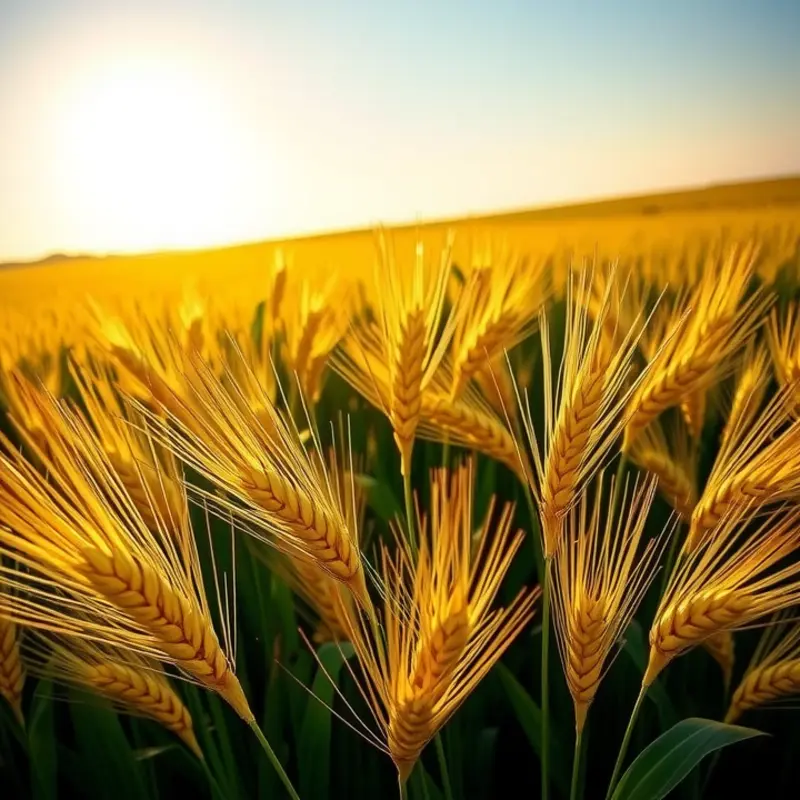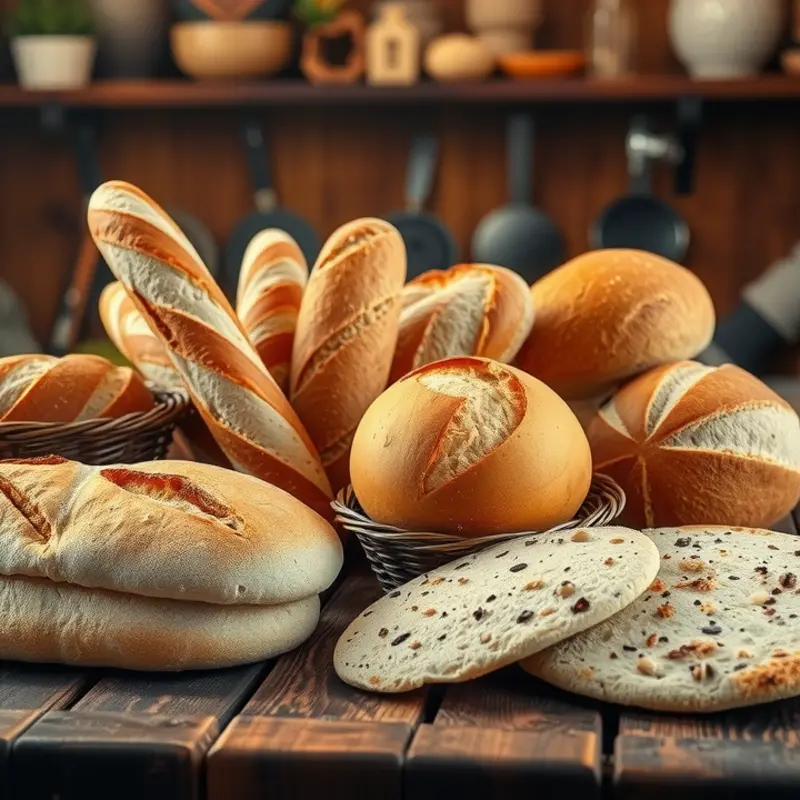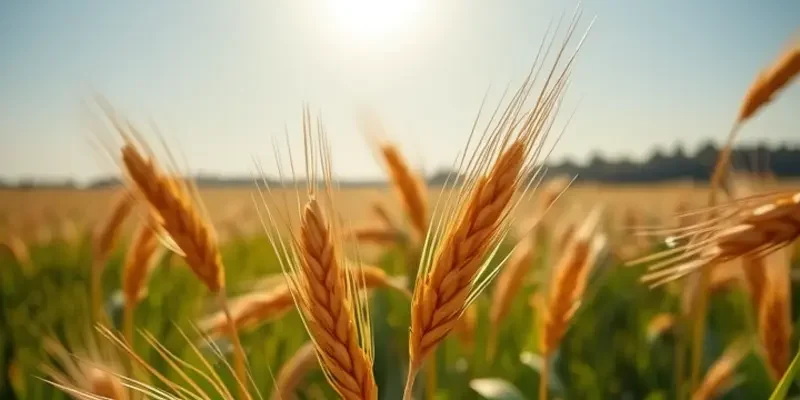From the fragrant sourdough of San Francisco to the delicate flatbreads of the Middle East, bread transcends mere sustenance; it is a profound cultural symbol. Each region’s unique ingredients, traditions, and rituals surrounding bread reflect its history and society. This exploration of world bread traditions invites food enthusiasts and culturally curious readers to immerse themselves in the rich, diverse history of this staple food that brings people together, transcending distance and time.
Symbolism and Rituals: Bread as a Cultural Icon

Bread holds profound symbolism in many cultures around the world, transcending its status as a simple staple food. In several societies, bread is seen as a sacred offering, a representation of life, and hospitality. The significance of bread in rituals and daily life underscores its inherent value beyond mere sustenance.
In Egypt, bread’s historical value dates back to the pharaohs. Archaeological evidence suggests Egyptians were among the first to master bread-making, treating it as a divine gift. Bread often accompanied Egyptians in their journey to the afterlife, buried with the dead as sustenance for eternity. This belief showcases bread’s essential role in both life and death.
In Christianity, bread holds sacramental meaning, symbolizing the body of Christ during the Eucharist. This ritualistic consumption signifies spiritual nourishment and unity among believers. Similarly, in Judaism, the traditional Shabbat meal begins with the blessing over challah, a braided bread, symbolizing peace and marking the sacredness of the Sabbath.
In Mexico, Day of the Dead celebrations feature pan de muerto, a special bread adorned with bone-shaped decorations. This bread honors deceased ancestors, symbolizing the cycle of life and death. Sharing pan de muerto with family and community reflects a celebration of memory and life.
Throughout Southern Europe, bread often symbolizes hospitality and community. In Greece, offering bread to guests is a time-honored tradition embodying kindness and welcome. This practice highlights bread’s role in fostering community bonds. During Easter, Greeks bake tsoureki, a sweet bread adorned with red-dyed eggs, symbolizing renewal and rebirth.
In Asia, naan takes on a cultural significance, particularly in South Asia where it accompanies many meals. Traditionally, naan is cooked in a tandoor, giving it a unique flavor and texture. Beyond its culinary appeal, sharing naan in communal meals strengthens familial and social ties. Similarly, the Japanese art of bread-making, though adopted from Western methods, has evolved into unique bread varieties like melon pan, blending Japanese flavors and ingredients.
In Turkey, the breaking of bread, or “ekmek,” plays an essential part of daily life. It symbolizes sustenance and continuity, integral to any meal. The Turkish phrase “ekmek parası” (bread money) equates earning a living with bread, highlighting its essential role in livelihood.
In Russia, bread is deeply embedded in social rituals. The traditional “khlebosolny” ceremony involves offering bread and salt to guests, symbolizing hospitality and goodwill. This custom showcases the symbolic depth of bread in fostering peace and friendship among people.
These global examples underscore bread’s universal symbolism and deep cultural roots. Bread not only nourishes but also connects people through shared rituals and traditions, reflecting the heart of culinary identity and social cohesion.
Explore more about global culinary influences and how they intertwine with cultural traditions in this article.
A World of Varieties: Bread Styles and Their Stories

Bread is a universal language, yet one spoken with countless dialects. Each variety tells a story woven into the cultural fabric of its birthplace. In France, the unmistakable scent of a freshly baked baguette fills the air of bustling street corners. This iconic bread, with its golden, crispy crust and soft, airy interior, demands precision in its crafting. French bakers, or boulangers, employ traditional methods involving minimal ingredients: flour, water, salt, and yeast. Achieving the perfect baguette is an art form, with baking regulations that even dictate its dimensions.
Thousands of miles away, the Indian subcontinent offers naan, a leavened flatbread that complements rich curries and savory dishes. Renowned for its chewy texture and distinctive charred spots, naan baking involves a tandoor—an ancient, urn-shaped clay oven. The dough, often enriched with yogurt or milk, is slapped onto the tandoor’s hot walls. This method imparts a smoky flavor, making naan a beloved staple in Indian cuisine.
Travel to Ethiopia, and you’ll discover injera, a spongy, sourdough-risen flatbread, fundamental to Ethiopian meals. Crafted from teff flour, a tiny grain indigenous to the region, injera’s production is a labor of love. Fermentation imparts its signature tanginess, while a warm griddle transforms the batter into soft, cratered disks. Injera serves a dual purpose as both meal and utensil, used to scoop up flavorful stews and salads.
These breads exemplify not just culinary diversity, but the ingenuity of different cultures in utilizing available resources. Each ingredient, technique, and method speaks volumes about the geographic and historical context in which these breads were developed. For instance, teff’s resilience in arid climates makes it perfect for Ethiopia’s terrain, while France’s temperate climate enables wheat cultivation suitable for baguettes.
In exploring such diversity, one also uncovers a shared human experience—bread’s role as sustenance, comfort, and connection. Whether sharing naan fresh from a tandoor or kneading dough for a family meal, the act of breaking bread crosses borders. These traditions highlight the innovative ways cultures have adapted and thrived.
Understanding the nuances of bread’s global journey enhances appreciation for its place on our tables. This exploration of bread’s world reveals not only the creativity in its varied forms but also the stories of the communities behind them. Bread is more than food; it’s a narrative of resilience and identity. If you’re intrigued by the intersections of food and culture, delve further into global culinary influences here.
Final words
Bread is more than just an everyday food; it serves as a gateway to understanding various cultures and their histories. Each loaf tells a story, reflecting the people, the land, and the traditions that brought it to life. Whether it’s crusty, soft, flat, or round, bread connects us in ways that transcend language and geography. Perhaps the next time you break bread, you might take a moment to appreciate the rich tapestry of culture and tradition layered within each slice. It’s a delicious reminder of our shared humanity and our interconnected world.








